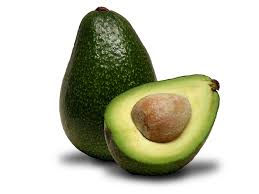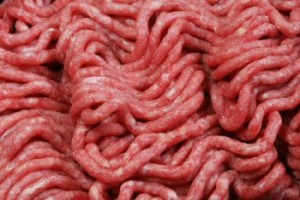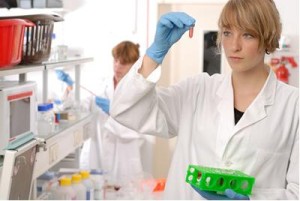I can’t really assess whether these companies are actually better at food safety, but they’re willing to brag about it.
They get a balls-up from me.
 Tad Thompson of The Produce News writes that Martori Farms, headquartered in Scottsdale, Arizona, is fully activating a new type of food-safety program for packing cantaloupes.
Tad Thompson of The Produce News writes that Martori Farms, headquartered in Scottsdale, Arizona, is fully activating a new type of food-safety program for packing cantaloupes.
The process, which employs a hot water shower to clean pathogens from the melons’ rough skin, looks to address critical food-safety issues that were ultimately related to the crevices in cantaloupe rinds
Stephen Martori Sr., president of the company, said his firm is one of two companies using this technology.
Martori built this hot water facility in its Aguila, AZ, packinghouse. Martori grows cantaloupes not only in Aguila but also in two other large farms, including one near Yuma, AZ. The firm is in the market seven months a year, shipping melons from May 1 through November.
The hot water shower was developed, beginning several years ago, through close cooperation with the U.S. Department of Agriculture’s Eastern Regional Agricultural Research Center in the Philadelphia suburb of Wyndmoor, PA. The research led to Martori’s system, which was commercially implemented in late April for the firm’s 2013 season launch.
The water shower lasts for approximately 20 seconds on each cantaloupe, which is rotated during the process. Targeting a water temperature of 162 degrees F, this brief hot water bath pasteurizes the skin, but is brief enough to avoid heating or injuring the cantaloupe’s flesh.
Martori Farms generally plans 1,000 in-house lab samples a season in its packinghouse. It has customers that want lab samples on the packingline of their specific orders.
In the peak of the coming Arizona cantaloupe season, Martori will pack more than 35,000 cantaloupes an hour, or approximately 400,000 melons a day.
“We are one of the largest melon grower-shippers in the country,” Martori said.
Cantaloupe accounts for 75 percent of the melon production at the firm, which produces more than 7,000 acres of melons, including 700 acres of watermelons.
Mini-watermelons and honeydew are also grown, packed and shipped by Martori. Among the honeydew offerings is its exclusive variety in North America, the Lemondrop.
In related news, Liberty Fruit Co. Inc. of Kansas City has earned the highest-possible food-safety rating, according to Scott Danner, the firm’s chief operating officer.
Danner said meeting the highest standards involves intensive training for all employees. He said all employees must pass individual tests for the correct food-safety protocols. Such questions may be as basic as, “What do you do if milk spills in the lunch room.” If someone in the organization doesn’t have the right answer, “We fail the audit,” said Danner.
Danner noted, “The hardest part of the process is to communicate with the rank-and-file. Without our loyal employees, we could not have done this. But they wanted to get involved.”
 UK food safety go-to-person, Groundhog Day’s Hugh Pennington, says the closure of Wales’ only publicly-run food testing laboratory due to cuts mean councils may struggle to respond to another incident like the horsemeat scandal, and that relying on private laboratories could create problems in times of crisis.
UK food safety go-to-person, Groundhog Day’s Hugh Pennington, says the closure of Wales’ only publicly-run food testing laboratory due to cuts mean councils may struggle to respond to another incident like the horsemeat scandal, and that relying on private laboratories could create problems in times of crisis. “Like horsemeat, where something comes out of the blue and suddenly there’s an enormous issue, the public want it resolved and you have to work out if there’s a public health threat.
“Like horsemeat, where something comes out of the blue and suddenly there’s an enormous issue, the public want it resolved and you have to work out if there’s a public health threat.









